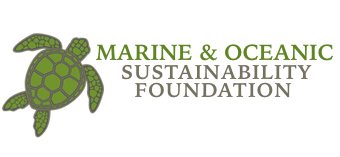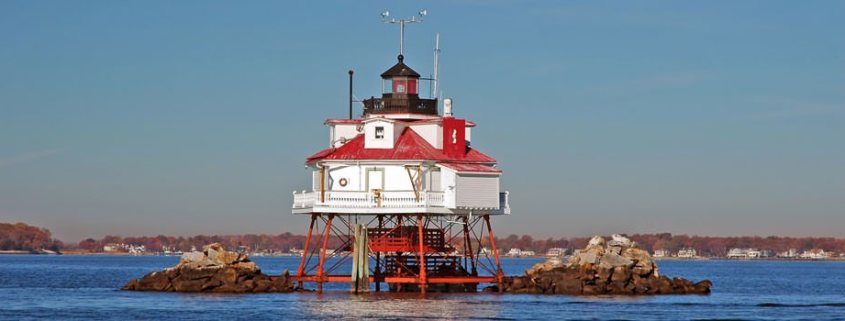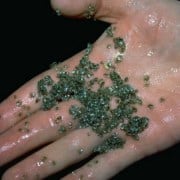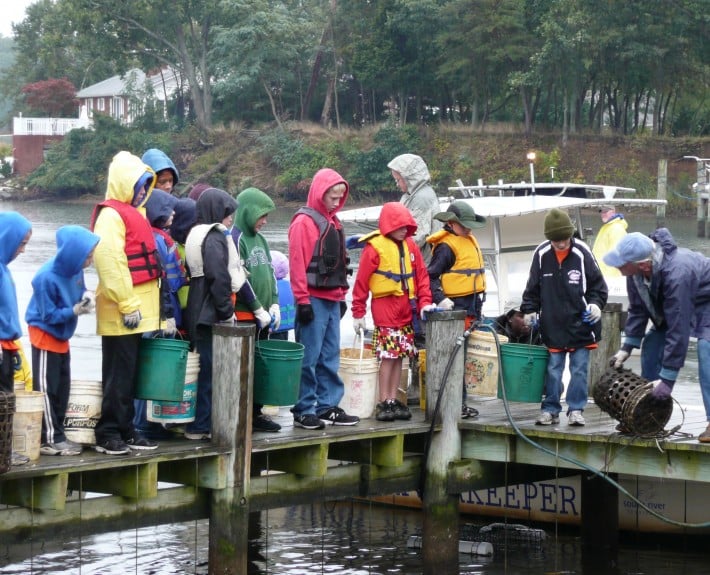Oyster Reclamation
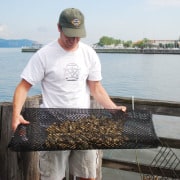 Last year, we kicked off our summer with a Memorial Day party at a friend’s house. His home sits on the scenic South River, a tributary of the Chesapeake Bay, just south of Annapolis, Maryland. Little did we know, that day would turn into so much more than just a fun day with old friends.
Last year, we kicked off our summer with a Memorial Day party at a friend’s house. His home sits on the scenic South River, a tributary of the Chesapeake Bay, just south of Annapolis, Maryland. Little did we know, that day would turn into so much more than just a fun day with old friends.
After the all the kids, and some of the adults, wrapped up their adventures out on the river in our friend’s 14-foot sailboat, we relaxed on his pier and enjoyed the view. At one point, our friend mentioned that his baby oysters, aka “spat,” were grown and almost ready to go to their new home in the bay. He pulled up one of the eight cages he was caring for and explained his role as a volunteer in the South River Federation’s oyster restoration program.
In partnership with Marylanders Grow Oysters, the South River Federation gives hundreds of waterfront property owners the opportunity to participate in hands on oyster restoration. Volunteers with access to community piers or have their own, grow millions of young oysters in cages suspended from private piers each year. The volunteers are tasked with protecting the young oysters during their vulnerable first year of life, so they may be planted on local sanctuaries where the oysters enrich the ecosystem and our oyster population.
After attending an oyster husbandry workshop, volunteers pick up their spat in the late summer or early fall. Throughout the growing season, the volunteers measure the length of spat, track mortality, and measure dissolved oxygen levels throughout the growing season. In early June, the volunteers deposit their oysters in the Glebe Bay sanctuary during the South River Days Oyster Flotilla.
Why are oysters so important? Oysters are filter feeders. This means that they feed by pumping large volumes of water through their gills and filtering out plankton and other particles. As they filter water to get food, oysters also remove nutrients, suspended sediments and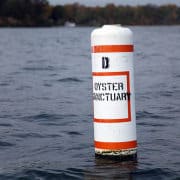 chemical contaminants, helping to keep the water clear and clean for bay grasses and other underwater life. One oyster can filter more than 50 gallons of water per day.
chemical contaminants, helping to keep the water clear and clean for bay grasses and other underwater life. One oyster can filter more than 50 gallons of water per day.
The spat fascinated the kids and adults alike and we all learned so much about their importance in the bay’s ecosystem. Having grown up near the ocean, I have always been enamored with our oceans and marine habitats. In 2000, I married an avid scuba diver on the beach and our now 12-year-old son might as well have been born with gills. That Memorial Day party changed our lives; we decided that it was time to apply our skills to make a positive difference and do something we love. The Marine & Oceanic Sustainability Foundation was sparked that weekend and has continued to grow with the support of friends, fellow ocean lovers, marine conservation organizations, and educators.
